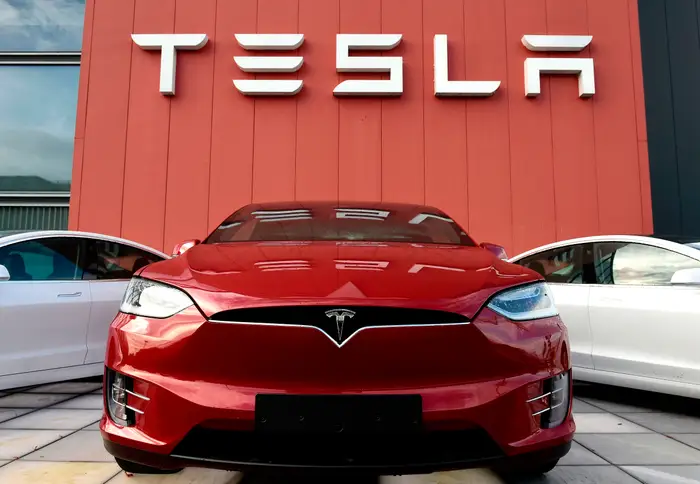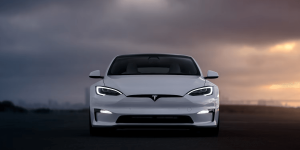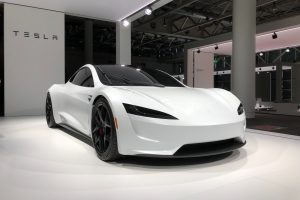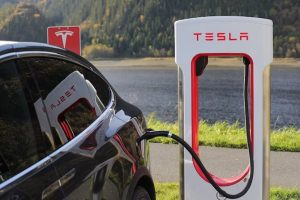- 26 January 2024
- 218
Tesla Tech Hiccup: 200K Cars Recalled for Rearview Glitch

Introduction:
In a recent announcement, Tesla has recalled over 200,000 of its vehicles due to a rearview camera glitch. This recall is the latest in a series of technical issues that Tesla has faced in recent years. The recall highlights the challenges that traditional automotive companies face when trying to integrate cutting-edge technology into their vehicles.
What Happened?
The rearview camera glitch affects certain Model S and Model X vehicles that were manufactured between 2012 and 2018. The glitch causes the rearview camera to malfunction, which can make it difficult for drivers to see what’s behind them. This is a serious safety issue, as it can increase the risk of accidents and collisions.
Tesla has stated that the glitch is caused by a faulty memory chip in the vehicles’ media control units. The company has said that it will replace the memory chip free of charge for affected customers.

The Impact on Tesla
The rearview camera glitch is the latest in a series of technical issues that Tesla has faced in recent years. In 2018, the company faced a recall of over 123,000 Model S vehicles due to a power steering issue. In 2019, the company faced a recall of over 14,000 Model S vehicles due to a potential fire risk.
These recalls have put a dent in Tesla’s reputation as a leader in electric and autonomous vehicles. While the company’s technology is cutting-edge, it has struggled to maintain the reliability and safety standards that traditional automotive companies have established over decades.
The Intersection of Tradition and Modernity in the Automotive Industry
Tesla’s recalls highlight the challenges that companies face when trying to integrate cutting-edge technology into their vehicles. The automotive industry is steeped in tradition and has established safety and reliability standards that have been refined over decades. However, as technology evolves, companies are faced with the challenge of integrating it into their vehicles while maintaining these standards.

Electric And Autonomous Vehicles
This challenge is particularly acute in the case of electric and autonomous vehicles. These vehicles rely on complex software and hardware systems that are constantly evolving. Companies that want to be leaders in this space must be able to keep up with these changes and ensure that their vehicles are safe and reliable.
The Future of Automotive Technology
As the automotive industry continues to evolve, companies will need to find ways to integrate cutting-edge technology into their vehicles while maintaining the safety and reliability standards that have been established over decades. This will require a combination of innovation, collaboration, and adherence to established standards.
Tesla’s recalls highlight the challenges that companies face in this regard. While the company has been successful in pushing the boundaries of automotive technology, it has struggled to maintain the safety and reliability standards that traditional automotive companies have established over decades.

Moving forward, companies that want to be leaders in the electric and autonomous vehicle space will need to find ways to strike a balance between innovation and established standards. This will require collaboration between industry stakeholders, as well as a commitment to safety and reliability.
Conclusion
Tesla’s recent recall of over 200,000 vehicles highlights the challenges that companies face when trying to integrate cutting-edge technology into their vehicles. While innovation is important, companies must also be able to maintain the safety and reliability standards that have been established over decades. Moving forward, companies that want to be leaders in the electric and autonomous vehicle space will need to find ways to strike a balance between innovation and established standards.

